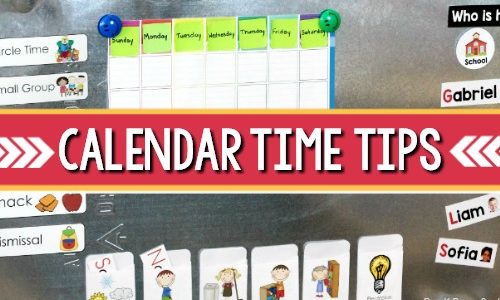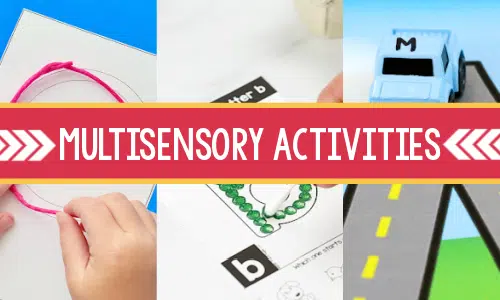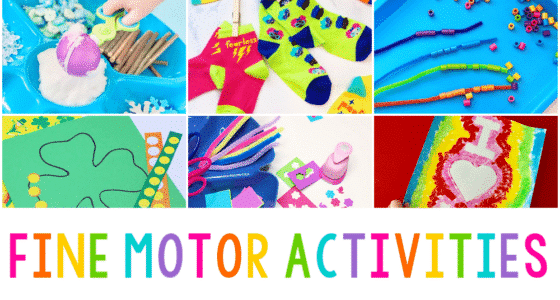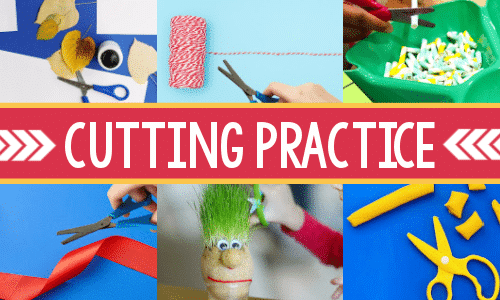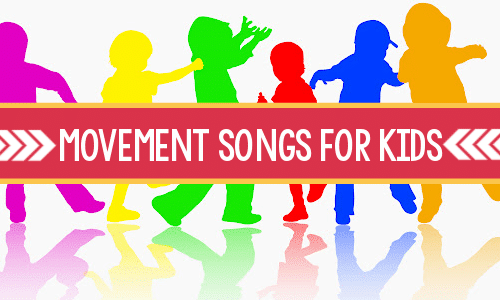Are you looking for ways to manage your free choice center time in your pre-k or preschool classroom? Learning centers are an important time of the day in any early childhood classroom, but managing centers can be tricky. Here are some of my best tips and tricks to help you make the most out of free choice centers in your classroom.
What are Free Choice Learning Centers in Preschool?
More learning takes place during centers than any other time during the day in your typical early childhood classroom. That’s why it’s important for you to understand exactly what “free choice” means, your purpose, and your goals during this time.
Free choice center time is a dedicated time in your daily schedule where your students are invited to self-select centers based on their interests. A good daily schedule is one that includes a balance of teacher-directed and self-directed activities.
Benefits of Free Choice Centers in Preschool
When it comes to free choice centers, you’re in charge of physically arranging each center and the center materials placed in each area. Your students are in charge of choosing which centers they will explore and deciding how much time they will spend at each center.
Here are just a few of the many educational benefits of free choice centers:
- Self-Regulation: Self-selecting centers and how much time spent in each one
- Oral Language: Casual conversations with peers
- Increased Engagement: Can help students build focus and attention spans
- Literacy: Literacy can be infused into every center
- Math: Rich opportunities for building number sense occur naturally in centers
Managing Free Choice Centers in Pre-K
When children are allowed to make their own decisions about which centers they will visit it gives them a feeling of control. Young children aren’t in control of many things in their daily lives, so giving them the opportunity to make their own decisions is very empowering.
As adults, we’ve already made decisions about which centers to have in our classrooms, which materials to put in each center, and how to arrange them. After you introduce the centers to your children, then it’s time to turn over the decision making process to them by inviting them to choose which centers they would like to visit.
Methods of Managing Free Choice Centers
There are a wide variety of methods used to manage center time in the classroom, some more complicated than others. But the most important thing to remember when choosing a method for your classroom is that it allows your students to make choices about which centers they will visit. The more you try to control who goes where and when, the more difficulty you’ll have implementing and maintaining your plan.
Centers are also managed differently depending on the ages of your students. Younger children will benefit from more open exploration and discovery, while older children may be ready for more choices and a little more structure.
Managing Centers in a Small Classroom
It’s important to keep in mind that some early childhood programs may have very specific guidelines about center time, while others may leave it up to the teacher to decide how to run centers.
I have tried many different methods of center management during my 20 years spent as a classroom Pre-K teacher. My preferred method of managing centers includes choices, but also some boundaries to help manage the traffic in my small classroom. This method has worked well for me in my public Pre-K classroom of 20+ students with limited assistance for many years. If you have more adults and fewer students then completely free choice centers may work best for you.
It doesn’t matter which method of managing centers you use, what’s most important is that your little learners understand the expectations during center time. It’s up to you, as the teacher, to introduce centers to your students as well as your expectations for each one.
Classroom Learning Centers
Large and small group times are more teacher-directed activities, while center time is more self-directed. It’s important for your little learners to have daily opportunities to make their own choices. They also benefit from making their own plans for what they will do during center time.
While some classrooms may hold small groups during centers, I prefer to do small groups during our math centers and literacy center times.
Center Management and Small Groups
Below are the centers I typically have in my classroom, some of them can be combined to create fewer choices. You can see pictures and learn more about what’s in each center by clicking on the links below.
- Library Center
- Dollhouse
- Listening Center
- Sensory Table
- Art
- Play Dough Center
- Writing Center
- Math Center
- Science Center
- ABC Center
- Home/Dramatic Play Center
- Blocks Center
- Table Toys
- Puzzles and Games
- Puppets
- Pocket Charts/Charts
All centers listed above are available every day.
Grouping Method
Here’s my preferred method that allows children to make choices, but also works well with large class sizes. Start by dividing your centers into groups of 4 or 5 and then group the children into the same number of groups.
When you create your center groupings, it’s important to take into consideration the physical location of each center in your classroom. Try to group the centers that are near each other together. This way, the children in each group aren’t moving from one end of the classroom to the other to reach their centers.
Then, divide your students into color coded groups since many don’t recognize letters in the beginning of the year. Yes, many teachers do number their groups, but there are so many opportunities for learning numeral identification daily that it’s not necessary to add another.
When you create your student groups you may also want to take two things into consideration; boy to girl ratio and behavior. Try to have at least one responsible, mature child in each group. If you have four groups of centers, group the children into four color coded groups.
Center Chart
Next, you can place the color coded student name cards in pocket charts or make your own center chart with poster board. Each day, you can move the student name cards to the next group of centers. Editable name and center cards are included in the Center Rotation packet.
Your groups can move freely between their assigned centers each day. This method allows your students to make their own choices, but also provides some structure to alleviate cross-traffic and avoid total chaos.
This center management method helps alleviate potential behavior problems in your classroom before they occur.
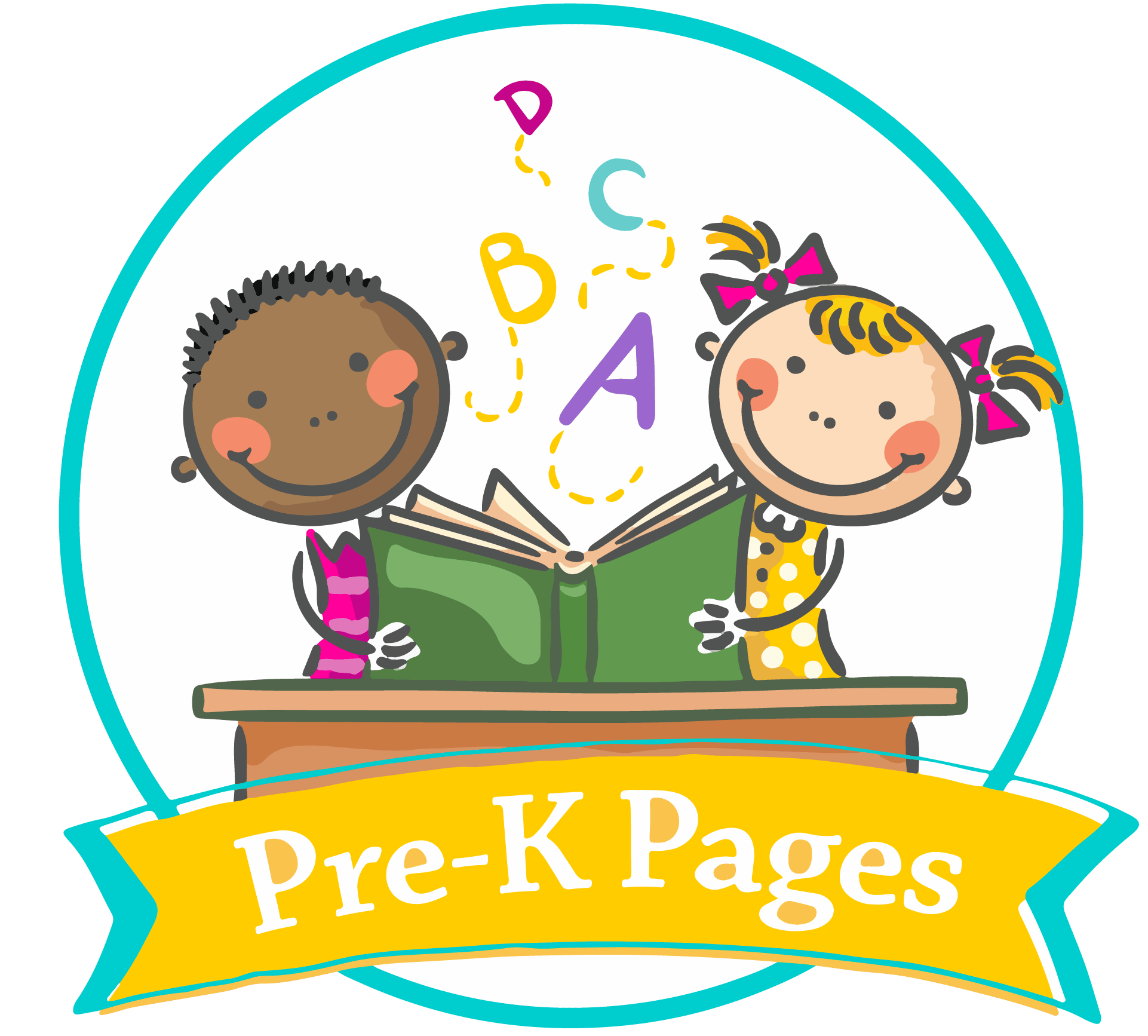
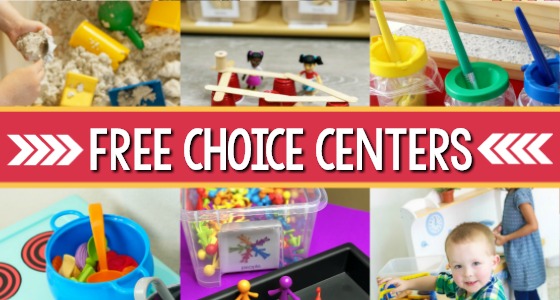
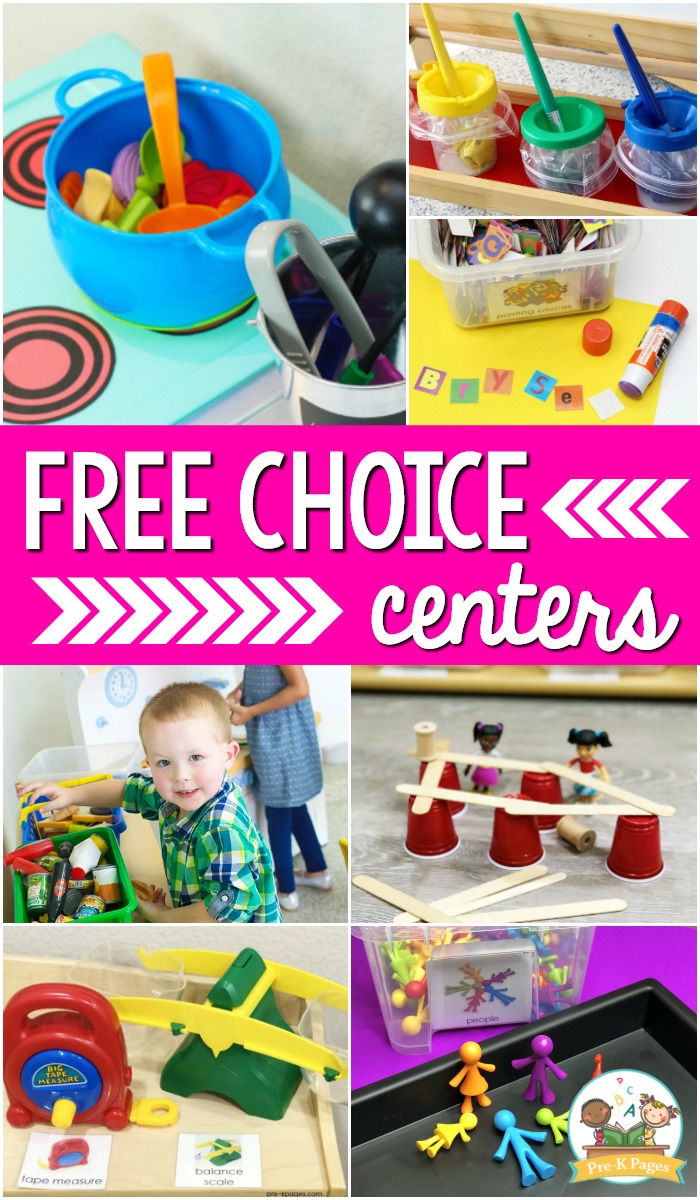
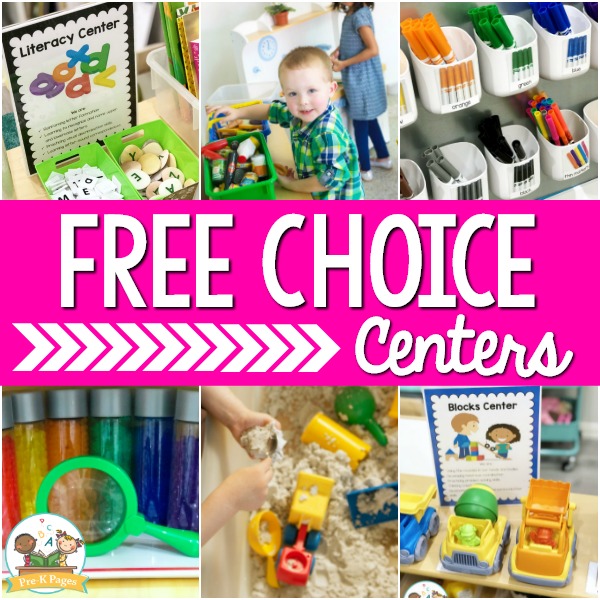
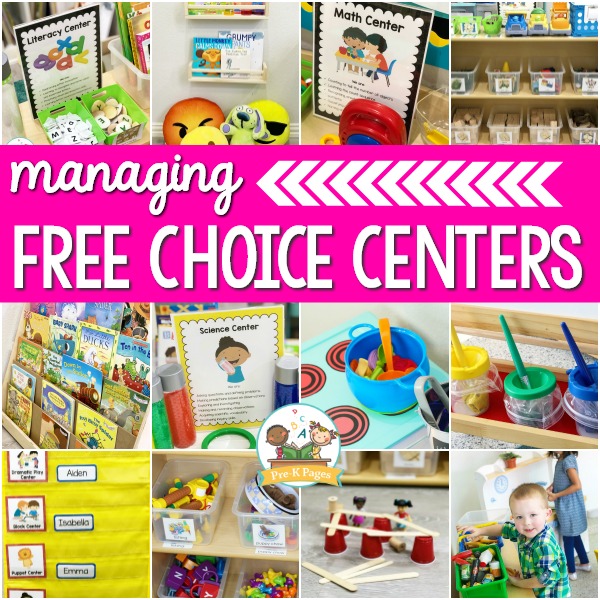
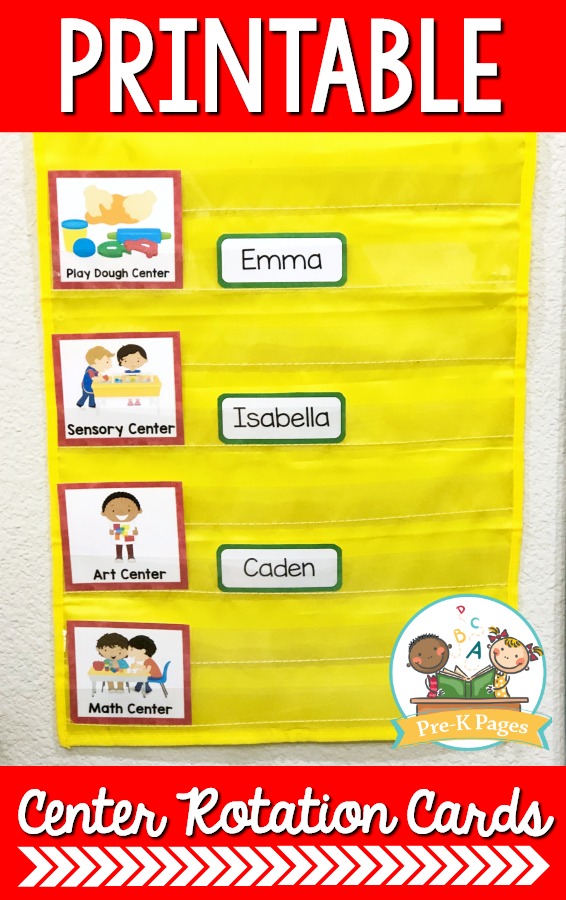
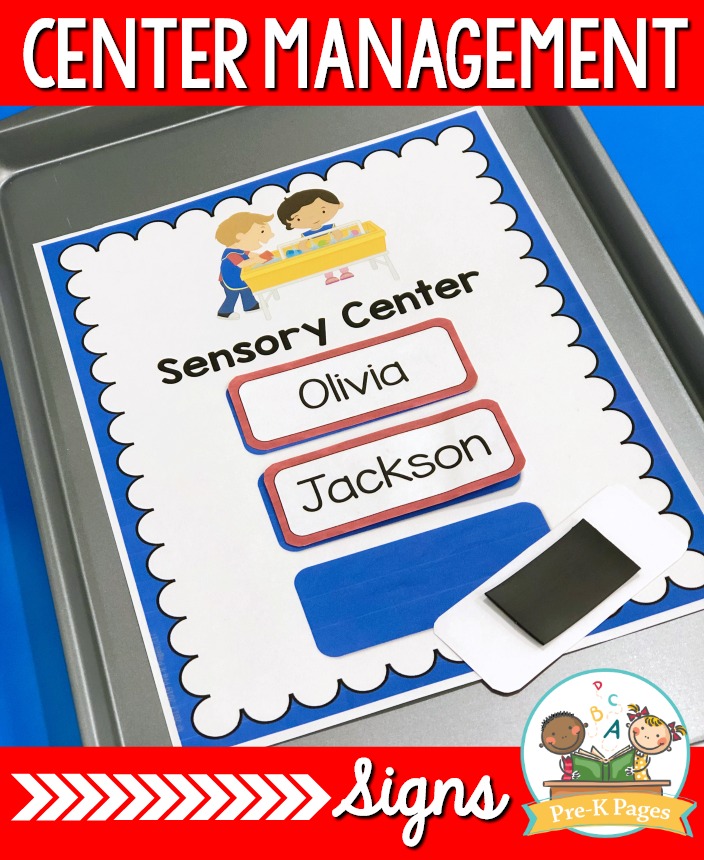
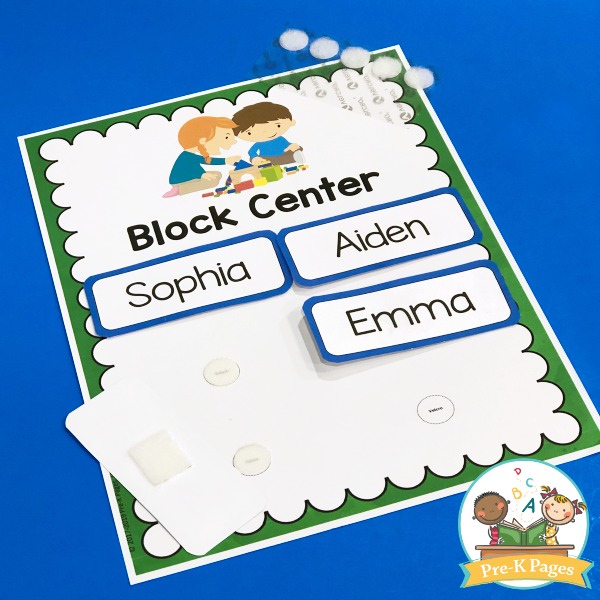
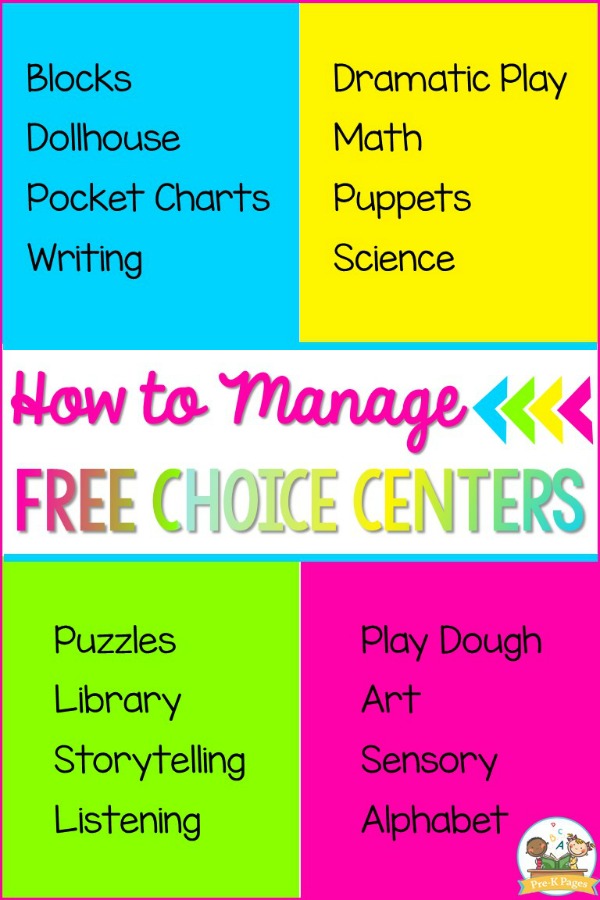
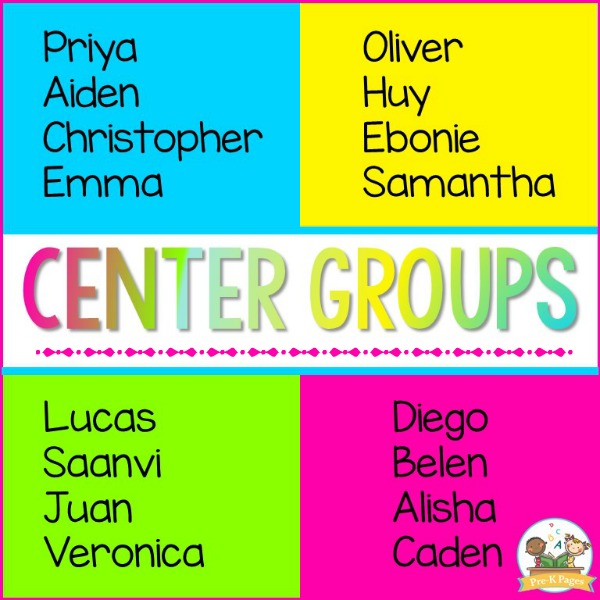
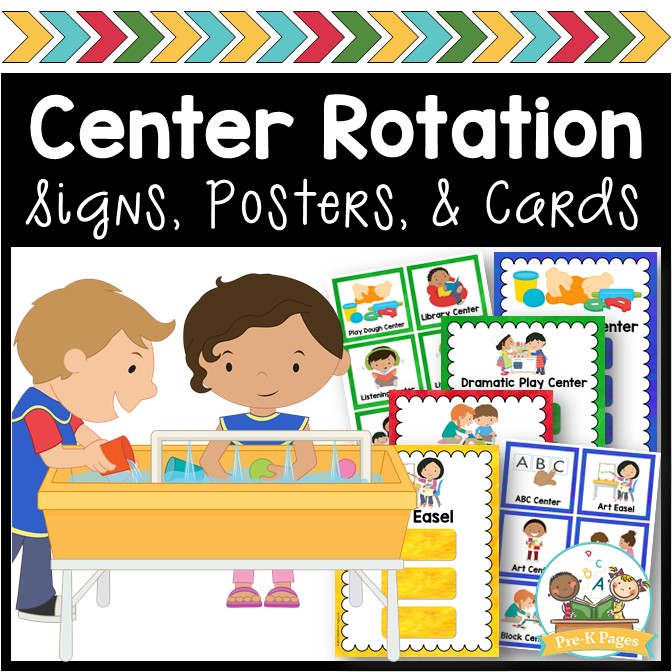

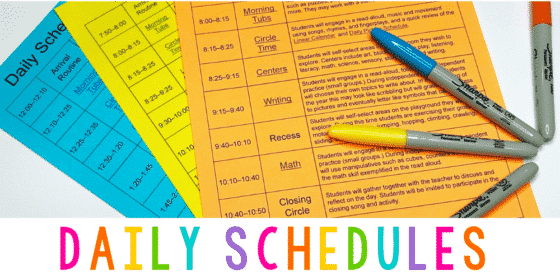
![[Image: How to prevent kids from biting]](https://www.pre-kpages.com/wp-content/uploads/2022/10/EEC066_wide-NEW-500x500.png)
